Contemporary Issues in Architecture
Arch 3314 · 3 Semester Credit Hours
Contemporary issues in architectural theory and history utilizing precedents from early 20th century to present. May be repeated for credit.
Culture, Tradition and the Built Environment
Arch 3314 · Instructor: Joe Aranha
"There is no such thing as traditional architecture….There are only buildings which embody traditions." Paul Oliver
The course examines relationships of culture, tradition and architecture around the world and explores how factors such as social, cultural, beliefs, lifestyle and other traditions are embodied in and give shape to buildings and settlements. Offered in conjunction with semester abroad in Spain, class assignments will draw upon immersive field studies, photography and other communication skills to illustrate how culture and traditions are embodied in and represented by the built environment in Seville.
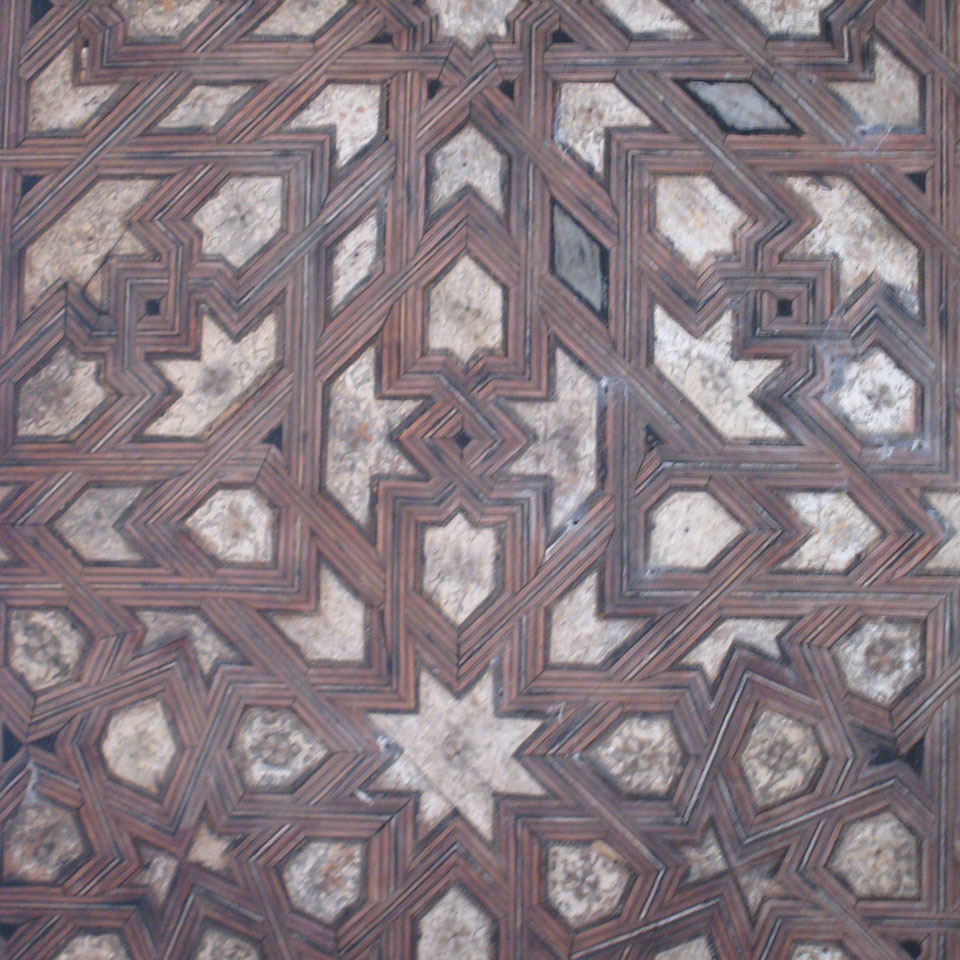
Narrative Space in the Expanded Field
Arch 3314 · Instructor: Jef Biesinger
Stories bring meaning into culture and our lives. These narratives are presented through art, films, architecture and virtual realities. What are the narratives that create memorable places and what new narratives can evolve spatial experiences? This course will examine narratives in multiple disciplines that impact culture and the potential for them to affect architecture. A Taxonomy of Narrative Spaces will be developed as a reference to define a narrative & aesthetic system to guide the students creative process. The question in the post-pandemic world is how can we activate social spaces that cannot be replicated in the virtual. Form follows narrative.
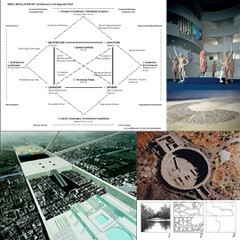
The Playful City
Arch 3314 · Instructor: Kristina Fisher
This course will analyze how contemporary cities utilize leisure and play to create more inclusive and healthy urban environments. During the early 20th century, industrializing cities implemented playgrounds to designate safe spaces for children to play in rapidly urbanizing environments. Today, this form of ‘leisure space' has evolved beyond the isolated conditions of standard playgrounds. As such, this course will investigate the evolution of urban play, postulating the city itself as a collective play-scape that choreographs daily interactions. Students will research various playful strategies that foster social spontaneity and active lifestyles for people of all ages.
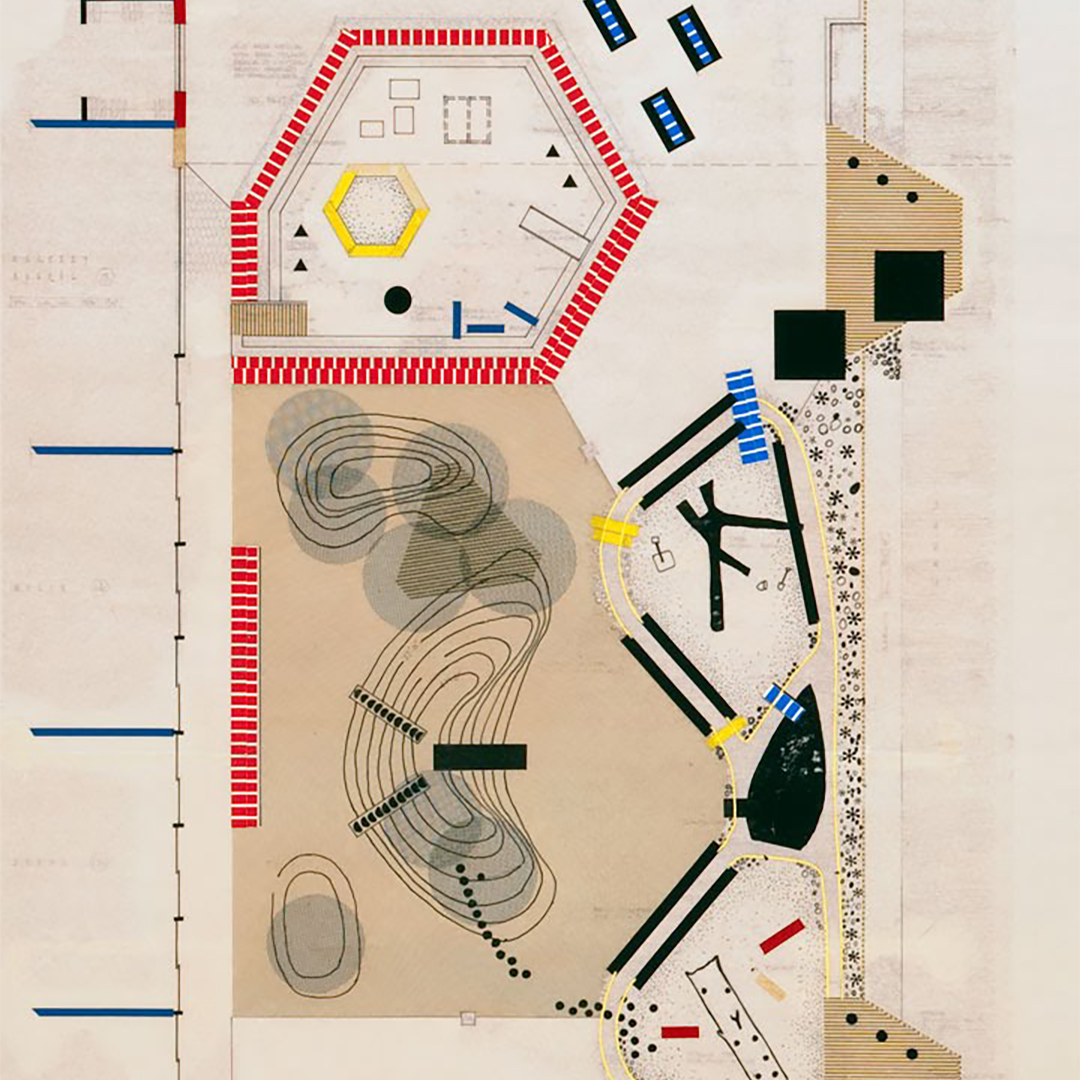
Plan is the Generator
Arch 3314 · Instructor: Saif Haq, PhD
Regardless of what buildings look like, we experience them diachronically as we walk through them. This two-dimensional human experience is orchestrated by the design of the ‘plan'. It is also the most enduring. Once developed, approved, and constructed, it is relatively hard to change. Unfortunately, this essential element of architecture is often unappreciated in the design phase. Le Corbusier called this ‘the generator'.
This seminar is dedicated to exploring ‘plans'. Collectively we will investigate how plans orchestrate human experience and express architectural philosophy, how social logic is embedded in them, and how the visible three-dimensional form is built upon them.
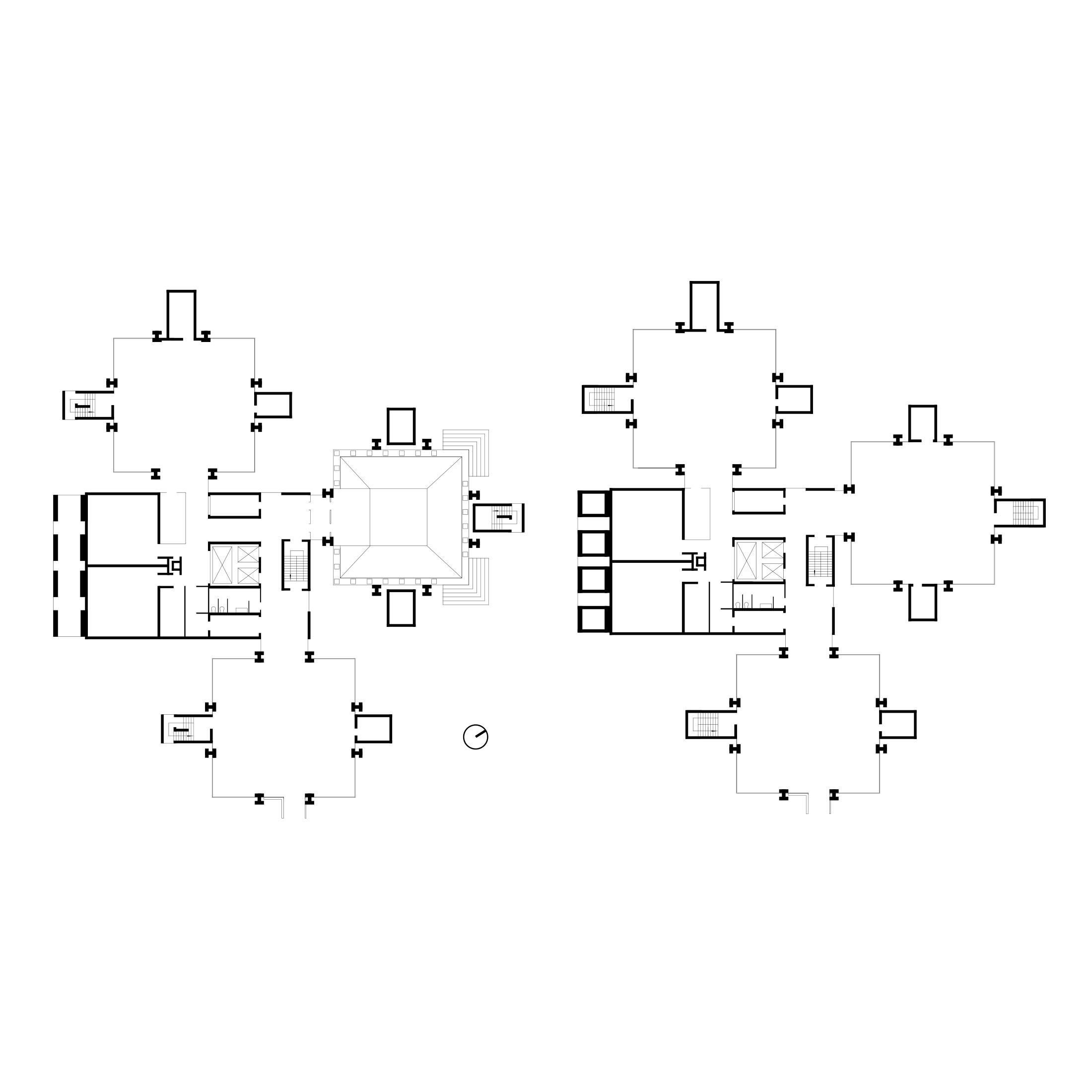
Architecture in the Graphic Novel
Arch 3314 · Instructor: Neal Lucas Hitch
An experience is a story in the first person. In this way, the built environment is not just an empty backdrop but a catalyst for narratives. ‘Architecture in the Graphic Novel' will explore the different ways ‘space' (buildings, architecture, and interiors) is portrayed in the contemporary graphic novel—identifying and analyzing the subjective experience of the built environment and the way it shapes and impacts individual lives. Class activities will consist of reading graphic novels, comics, interviews, and criticism, and output will take the form of writing, discussing, thesisizing, and ultimately, storyboarding and drawing.
Photo credit: Bryan Lee O'Malley, Seconds, 2014
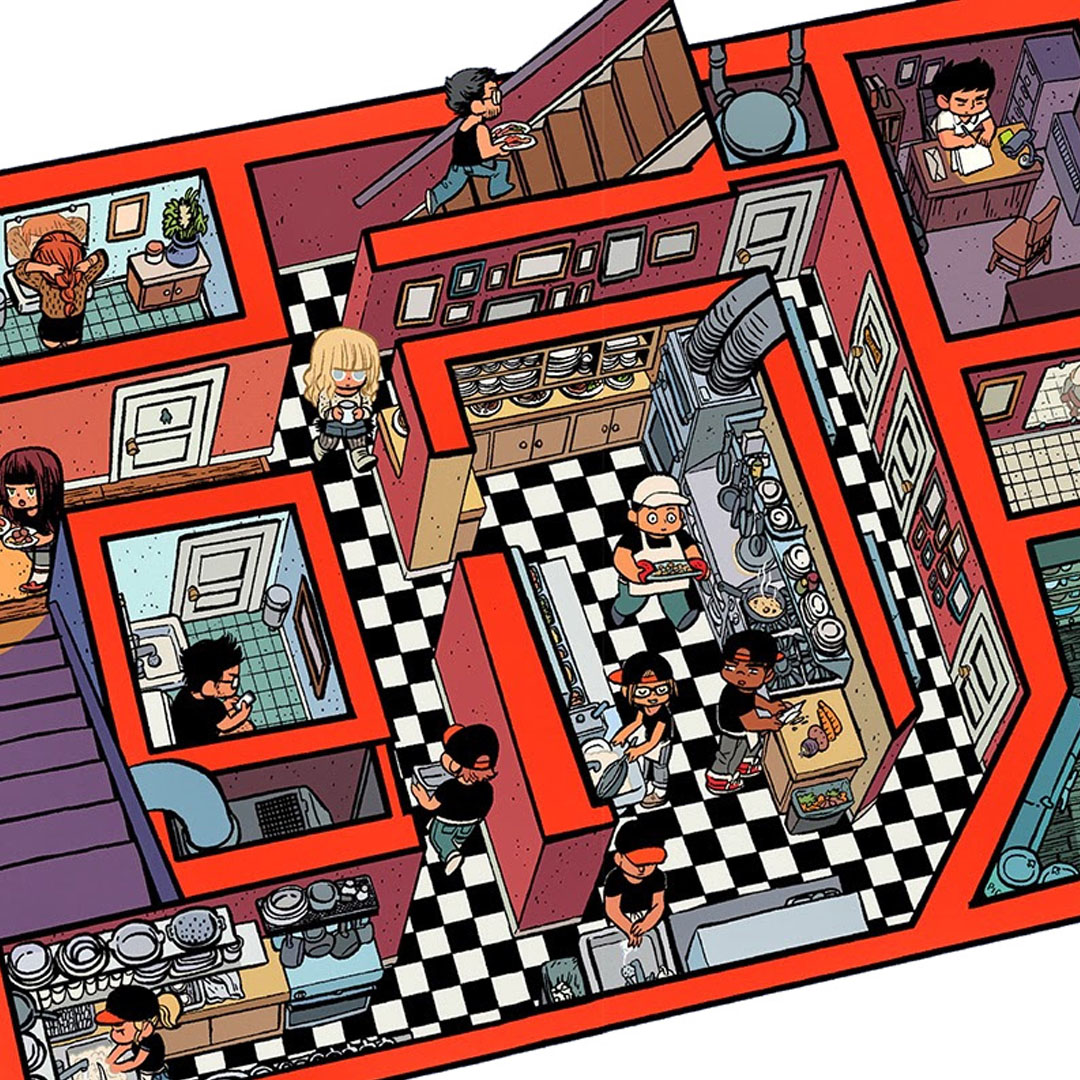
Monuments and Revolution
Arch 3314 · Instructor: Caleb Lightfoot
“The storming of the Bastille exemplifies this: it is difficult to explain the motivation of the crowd other than through the peoples' animosity toward the monuments that are their true masters”
—Georges Bataille
Monuments exist as eternal until bursts of upheaval loosen the imaginary regime that makes and sustains them. In this seminar we will work with and through monuments as excess, examining them as the continuous byproduct of processes of stratification and revolution. Students will engage with case studies ranging from archaeological sites to sites of protest, considering the media, mass action, and systems of power that construct, deconstruct and (re)construct monuments.
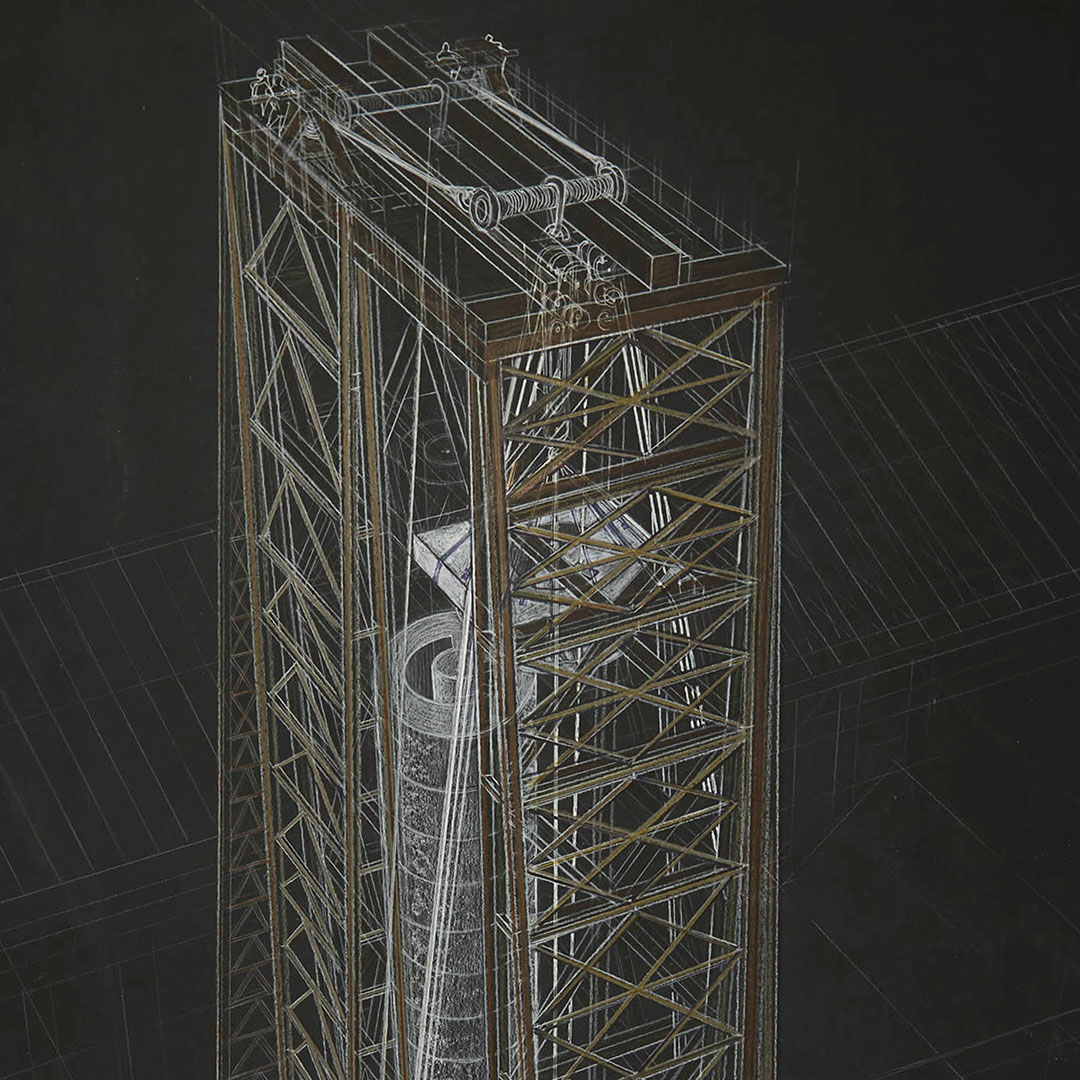
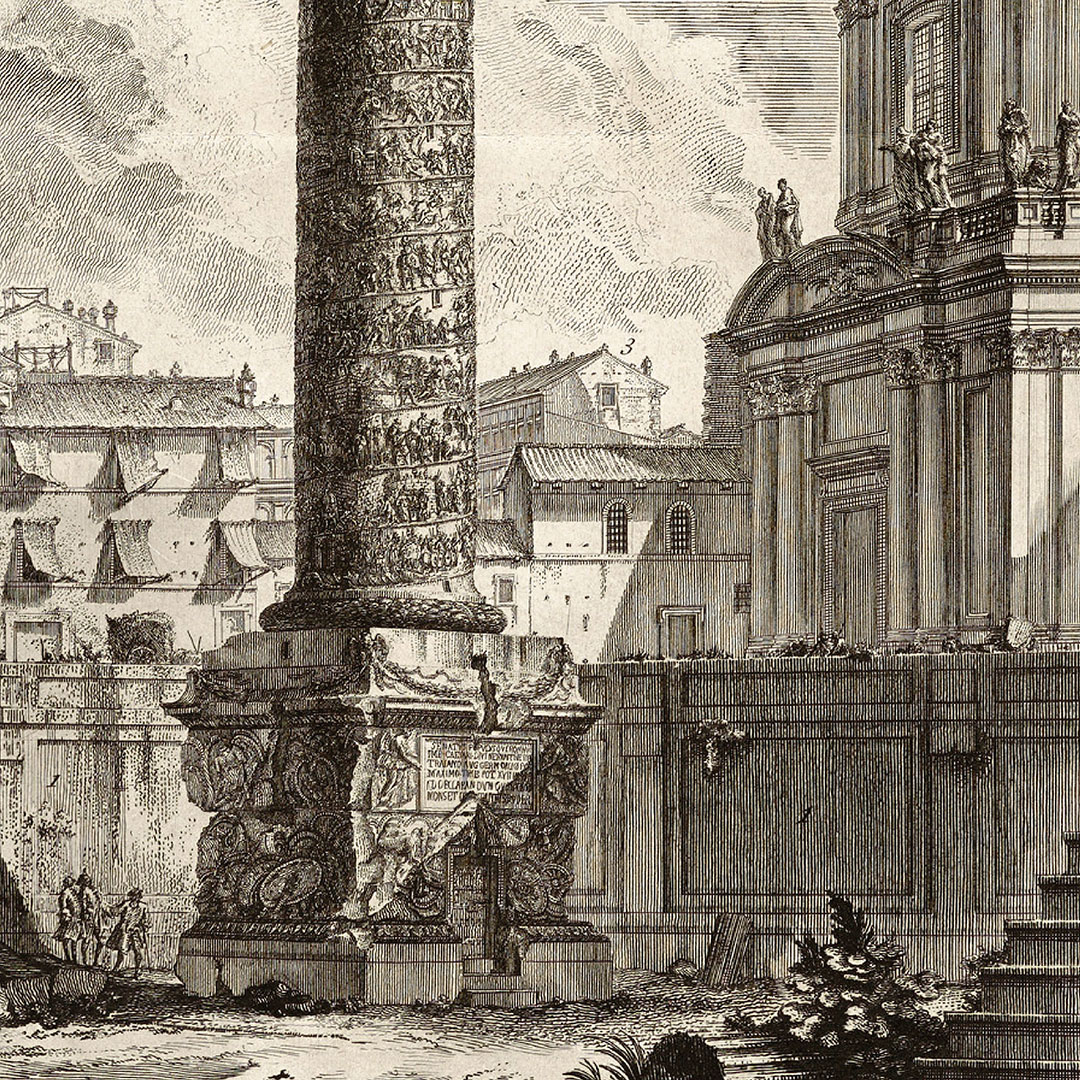
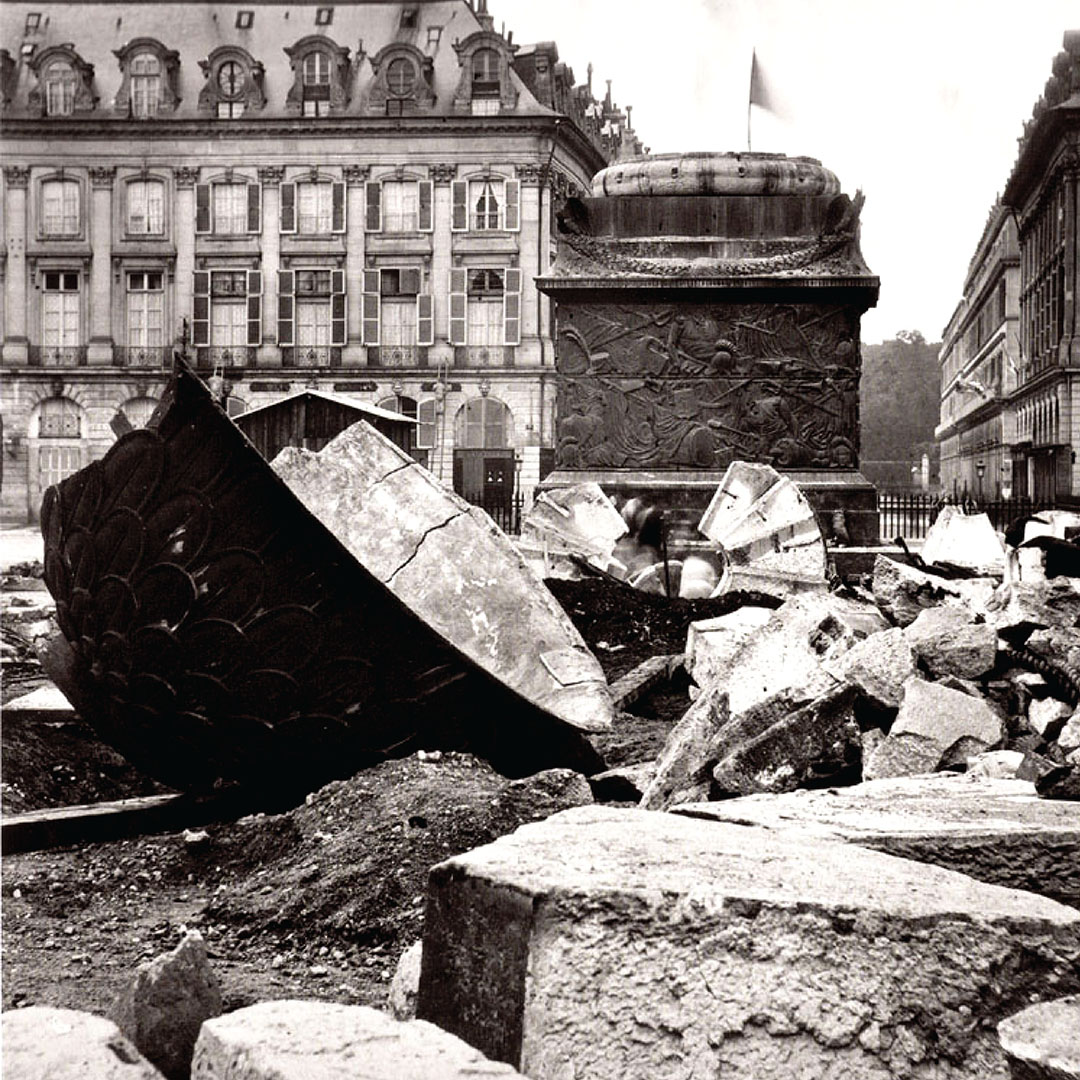
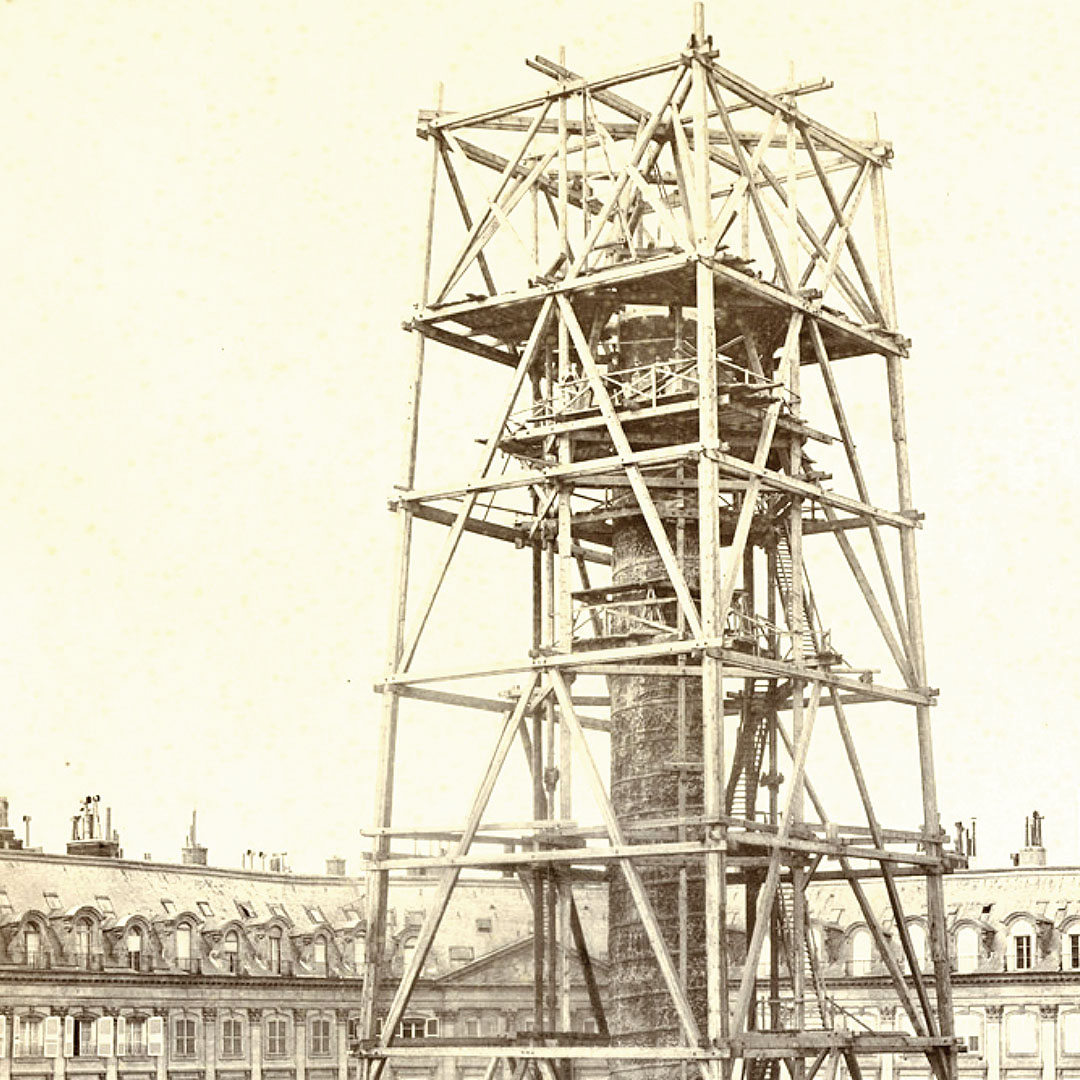
INTERVENTION IN VOID SPACES
Arch 3314 · Instructor: Ana Garcia Merino
Spaces in between Architecture call for infill development, becoming the infrastructure for events. Interventions can promote activation in areas that were once intended to do something yet left idle.
We will focus on finding voids and simulate occurrences of intervention. Strategizing through reading, lectures, discussions and series of questions: What is an underutilized space? How can mapping inform current conditions of deactivated areas? How to speculate from a macro-micro scale dynamics across systems and programs? What are the opportunities that “the between” brings to the 20th century? Along with the listed strategies we will produce a manifesto followed by diagrams and finally report the occurrence in space during intervention.
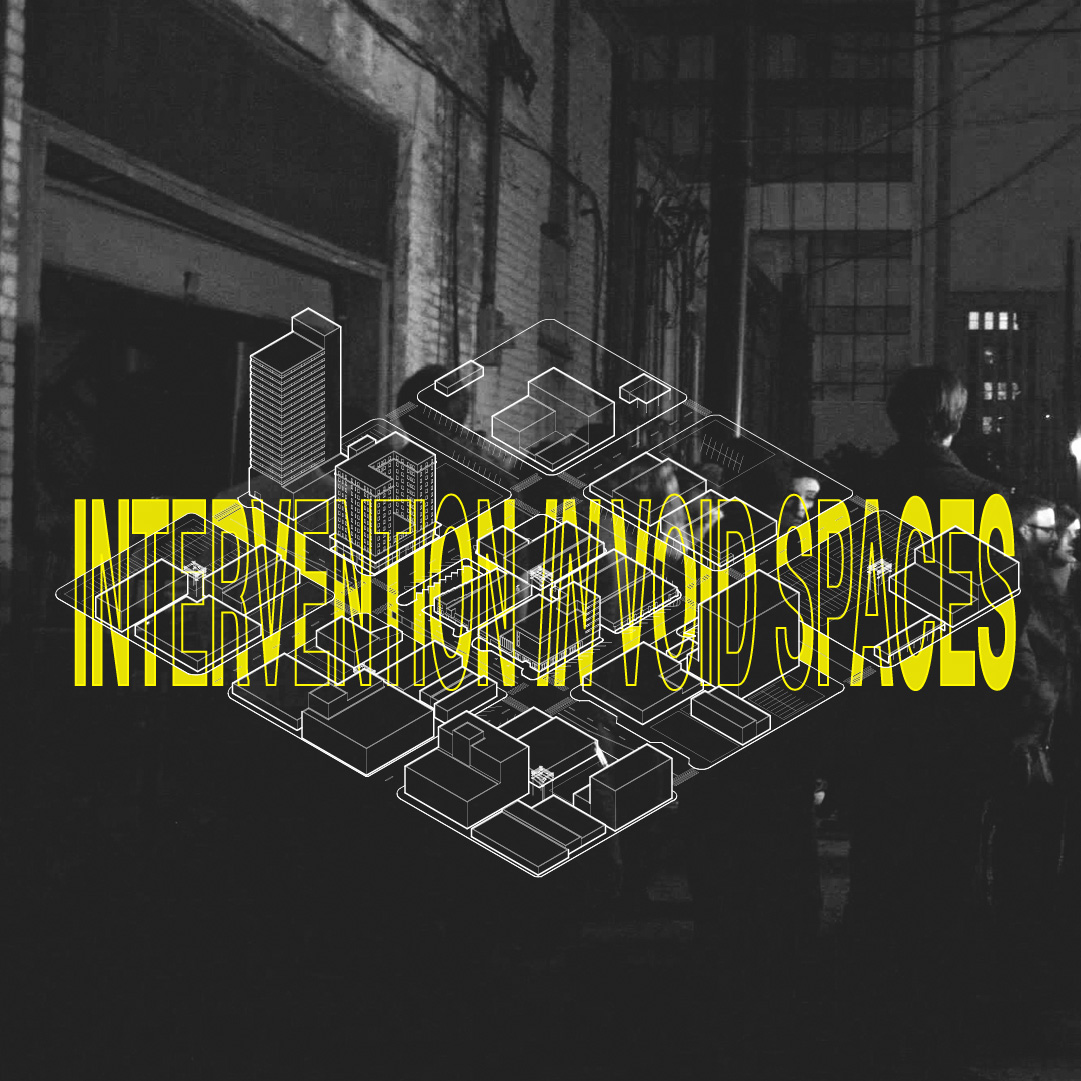
Design Thinking
Arch 3314 · Instructor: Robert D. Perl, AIA, LEED AP
This section addresses methods of design, ways of thinking, and means of design thinking through multiple experiences of reading, discussing, and writing. It positions design thinking within the discipline of architecture, explores the role of design within the profession of architecture, and considers the place of creativity in design processes. The course will make students more conscious of their current design, thinking, and communications skills and assist them in developing new abilities in these areas.

History and evolution of mobile design-build architecture and fabrication
Arch 3314 · Instructor: Chris Taylor
As a Communication Literacy course it will include writing and drawing in response to readings locating our work in the history and evolution of mobile design-build architecture and fabrication from the early 20th century to present through the continued development of the Land Arts Support Vehicle. We will look to Buckminster Fuller, Rural Studio, Jersey Devils, Terminal Lake Exploration Platform and Ciudad Abierta (Open City) while pushing beyond paradigms of recreational vehicles, to focus an ambition aligned with scientific, and artistic, production vested in remote design-build fieldwork. Students and faculty will work collaboratively to honor the ethos, aspirations, and complexities of Land Arts of the American West at Texas Tech University.
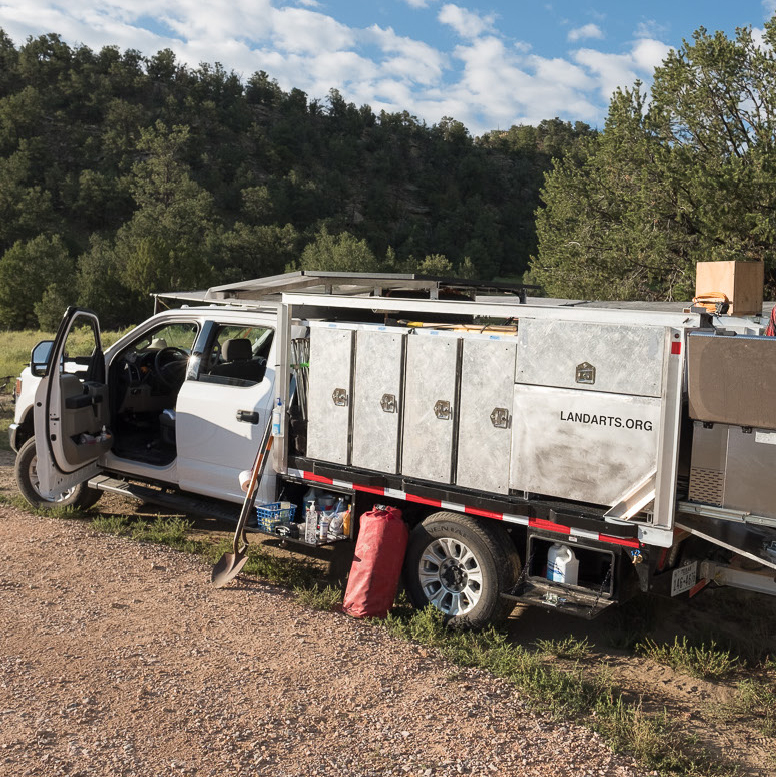
Architecture and Landscape. Paradigms, ideas, traces and projects.
Arch 3314 (Seville) · Instructor: Ángel Martínez
We will build a network of narrations, exploring topics across scales, times, programs, and contexts to consider essential arguments about transversality and continuity in diverse cultural and artistic disciplines. The place of architecture, the idea of time in landscape works, the notion of open work, displacement, superposition and mental layers, cartography and descriptive architecture, the intertwining among figuration and abstraction, the idea of continuous projects, urban territories, vacant places, interior landscapes, or the possibility of potential projects will be visited along the course. Together with the explanation of architectural cases of study, we will also consider anthropological, cultural, metaphorical, or artistic connections with the architectural notion of transforming the surface of the planet.
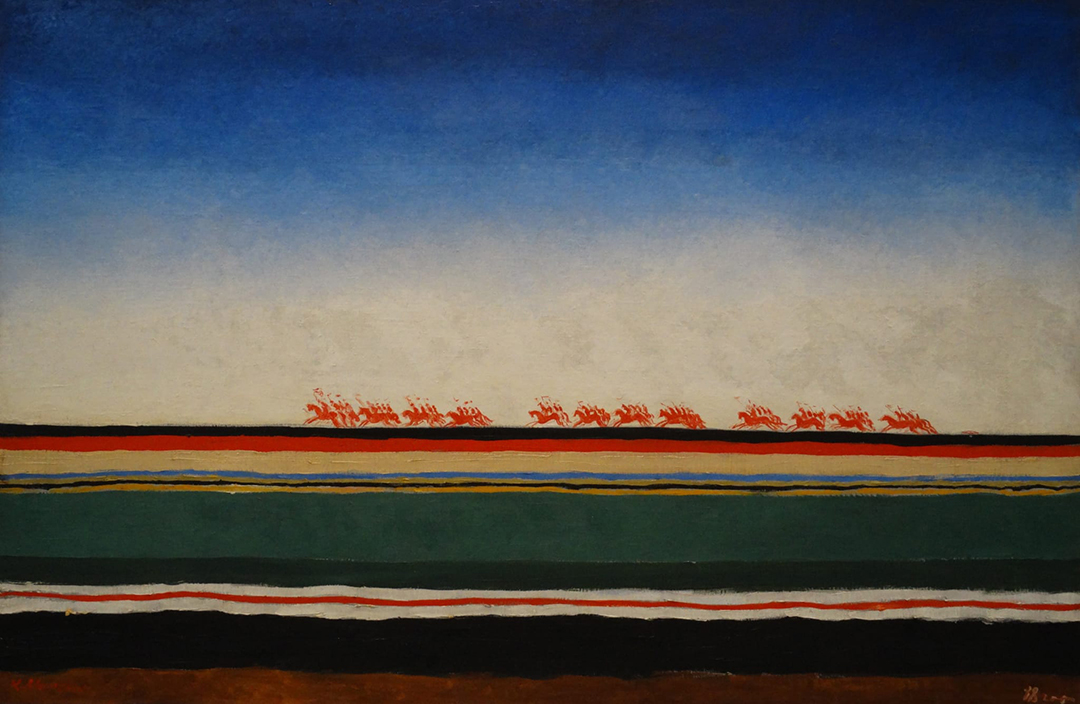
The Architectural Imagination
Arch 3314 (Seville) · Instructor: Jim Williamson
“Reality is a cliché from which we escape by metaphor.” Wallace Stevens
This course deals with a subject that is both obvious and obscure, something that architects all practice, but may not always understand: the Architectural Imagination. The course asks: What is the architectural imagination? How can we understand it? How is it distinct from other forms of the imagination? And finally, how can we better, more effectively and more knowledgably employ it?
The course which will alternate between lectures and discussions and on-site observation that will occur during group excursions and in separate class visits in Seville and other cities in Spain.
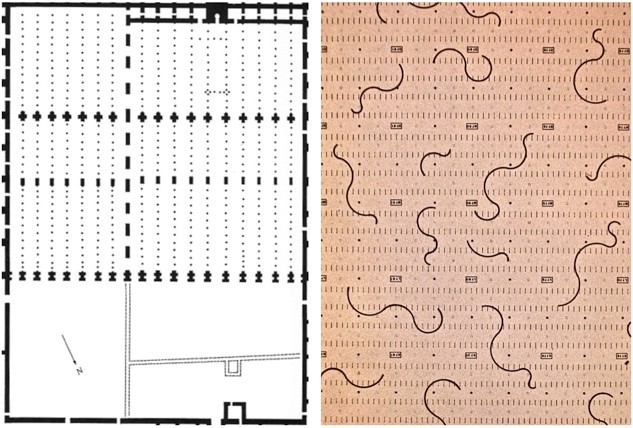
Huckabee College of Architecture
-
Address
Texas Tech University, 1800 Flint Avenue, Lubbock, TX 79409 -
Phone
806.742.3136 -
Email
architecture@ttu.edu

